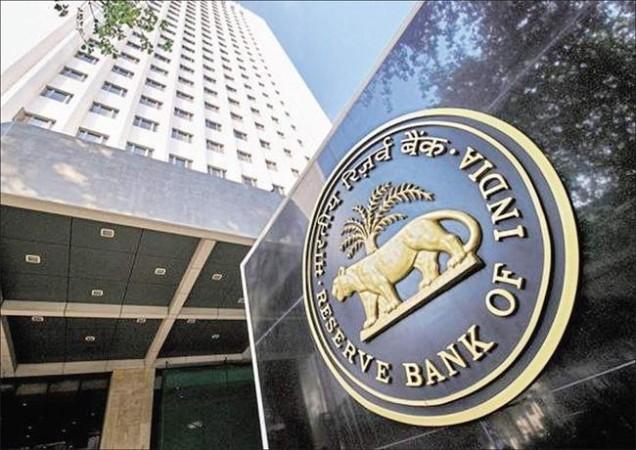JP Morgan's decision to include Indian government bonds in its widely tracked emerging market debt index indicates confidence in India's potential, Chief Economic Adviser V. Ananth Nageswaran said on Friday.
However at the same time, he cautioned that the main challenge would be to ensure that the rupee remains competitive, as there is a natural tendency for the Indian currency to appreciate.
He mentioned that this appreciation phenomenon had occurred between 2003 and 2008 when capital inflows into India surged.
"We welcome this development. JP Morgan has made this decision on their own. It attests to the confidence that financial market participants and financial markets, in general, have on India's potential and growth prospects and its macroeconomic and fiscal policies. Just as long-term equity investors have been amply rewarded by investing in Indian markets, so will long-term investors in Indian government bonds be," Nageswaran said while reacting to the development.

JP Morgan had earlier announced India's inclusion in its Government Bond Index-Emerging Markets (GBI-EM) global index suite, effective from June 2024. The inclusion entails $26 billion in passive flows, according to Emkay Global Financial Services.
India will enjoy lower risk premia, deeper bond market and easier financing of fiscal and Current Account Deficit (CAD) from the inclusion to be effective from June 28, 2024 and India's weight of 10 per cent will be staggered over 10 months, leading to passive inflows of $22 billion, the report said.
The actual flows though may be higher, contingent on market dynamics and active flows. Structurally, this will lower India's risk premia/cost of funding, enhance the liquidity and ownership base of G-Secs and help India finance its fiscal and CAD.
This does not immediately pave way for inclusion in FTSE and Bloomberg indexes, which have more stringent conditions (FPI taxation/Euroclear). But it could have a demonstration effect in the medium term as the lower risk premia could trigger positive externalities.

Near term, we expect bond yields and INR to reverse gains after the initial euphoria, tracking global markets, the report added.
Apart from the passive flows owing to the one-time stock adjustment, this move could lead to fresh active flows in the debt market, which remains underpenetrated on external financing. This will not only result in lower risk premia, but also help India to finance its fiscal and CAD as well as enhance the liquidity and ownership base of G-Secs.
Beyond the near-term euphoria, this should structurally augur well for rates and FX markets, leading to lower cost of borrowings for the economy at large and more accountable fiscal policy-making, the report said.
Fully Accessible Route
The RBI introduced the Fully Accessible Route (FAR) in March 2020, allowing FPIs to invest in bonds without restrictions. About 35 per cent of the outstanding G-Secs are FAR bonds (FAR outstanding: $400 billion/three per cent ownership from FPIs) and, incrementally, 75-80 per cent of new issuances are FAR bonds (5Y, 10Y and 30Y).
At present, 23 FAR bonds with a combined value of $330 billion are eligible for inclusion in the index. Given the index inclusion criteria, we estimate the investable universe for the index at $490 billion by end-FY25 (assuming $40 billion of FAR issuance during H2FY24 and $120billion during FY25), the report added.
(With inputs from IANS)

















